Hackaday prize stuff:
The challenge that this project solves is not having a light that makes you look like Zeus, or maybe you want to mess with people and say you have a wireless fluorescent tube, maybe you want a colour changing, animatable light saber. Really just because it's cool, and why not?
A little more seriously, I've seen fluoro tubes being used more and more a sort of a cool looking artsy light and wanted to make a wireless version that you can carry around!
Here are a few of my inspirations:
What Does The Fox Say music video
Cinematographers Roundtable from The Hollywood Reporter
takeSomeCrime dance video:
License:
Hardware: CC-BY-SA 4.0
Software: MIT
More up to date info on license here: https://nocduro.ca/about/
I think I might have missed the anything goes part of the contest by a few hours, woops. Maybe that's ok? If not I'll be a bit more punctual next year :P
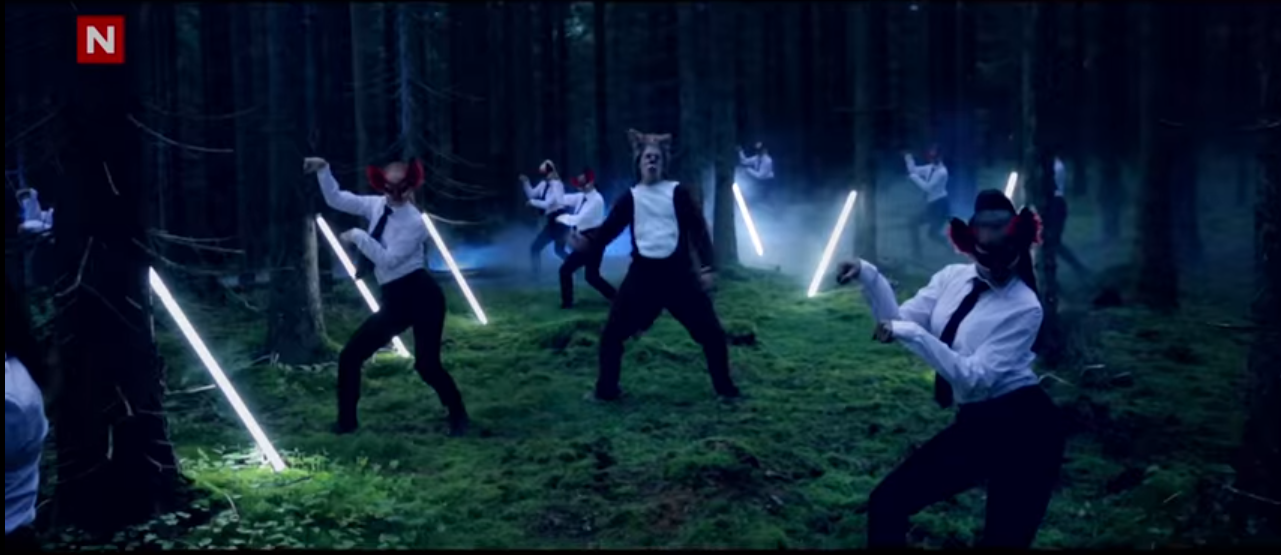
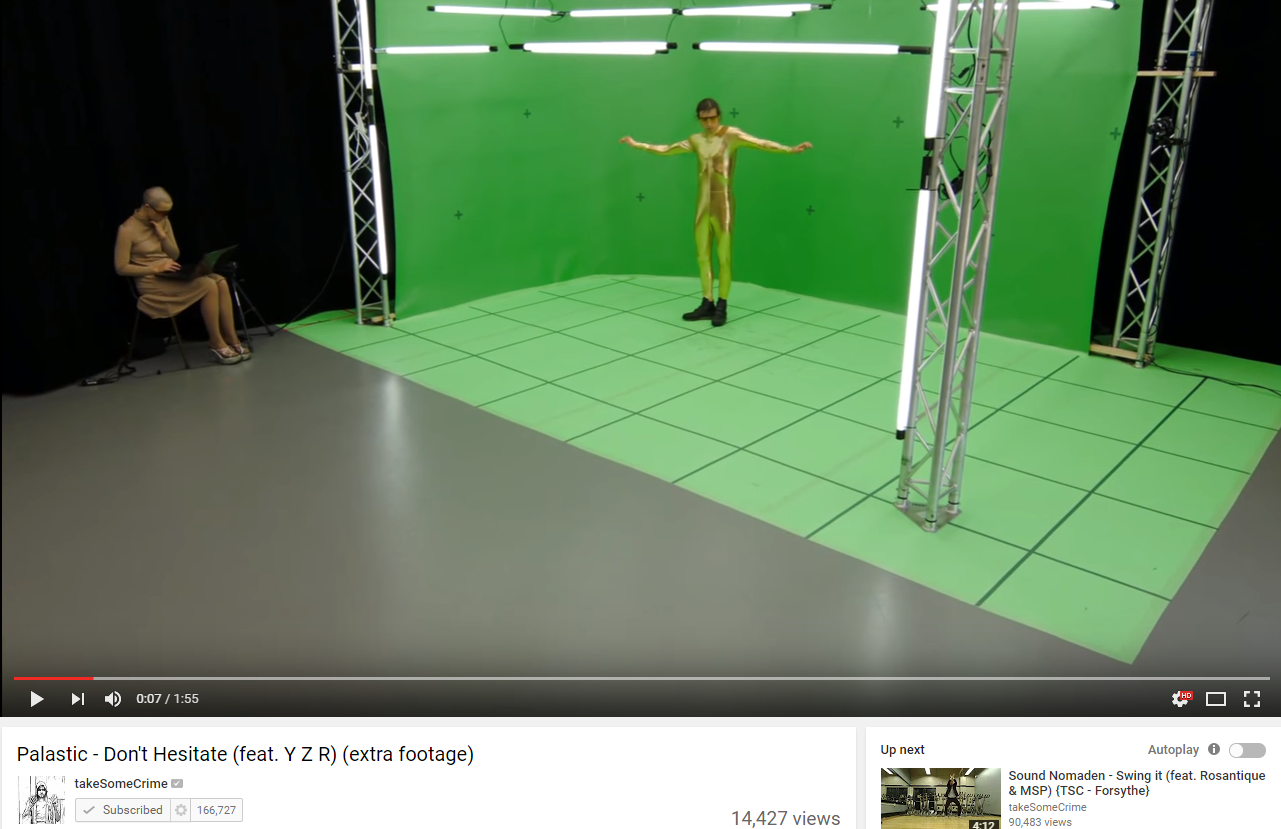


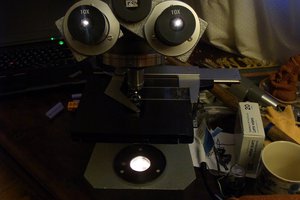
 andyhull
andyhull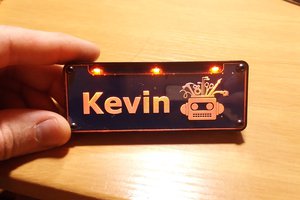
 Kevin Arne
Kevin Arne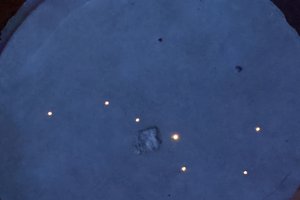
 Steve Pomeroy
Steve Pomeroy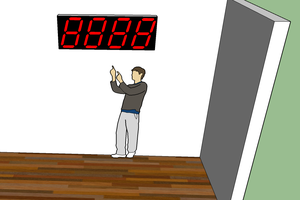
I've always thought of doing something like this for light sabers, but realized the same thing as you that you would need to use a lot of strips of LEDs to get even lighting. I'd recommend looking at the light saber community and there work with string blades especially on diffusion materials. One thing that I see that might trip you up is the battery, I don't think an 18650 will be able to supply the juice that you would need to run so many LED strips.